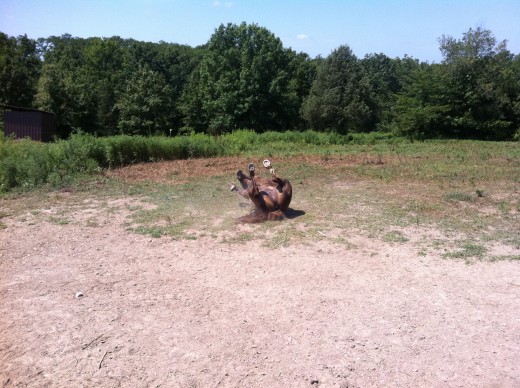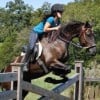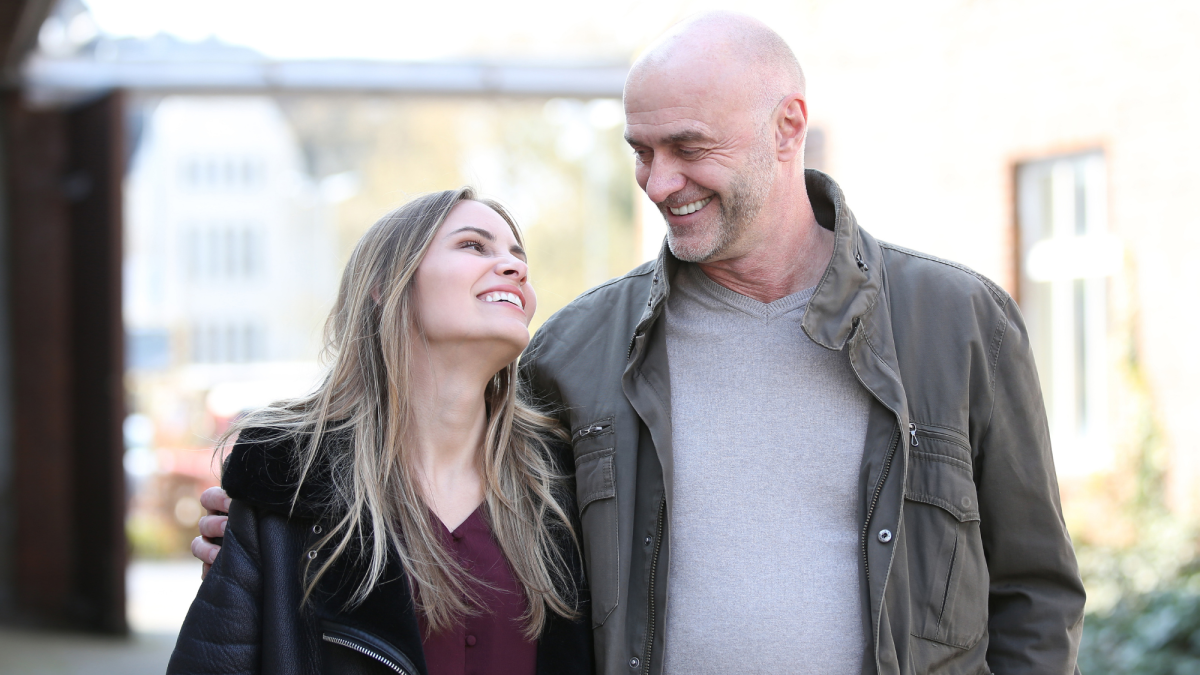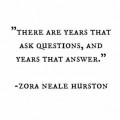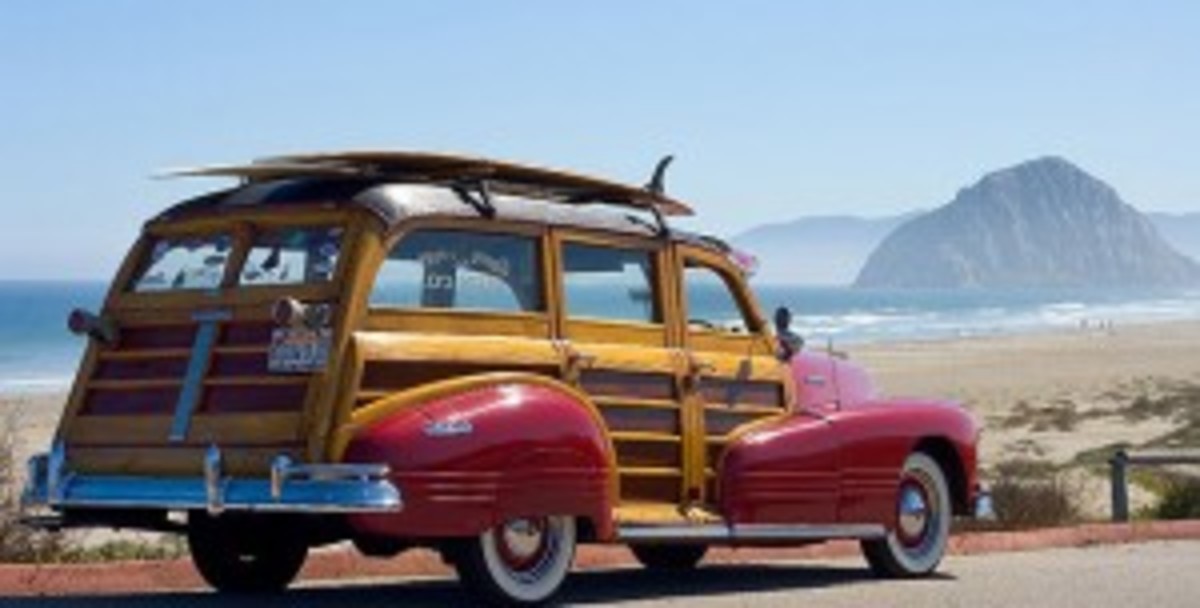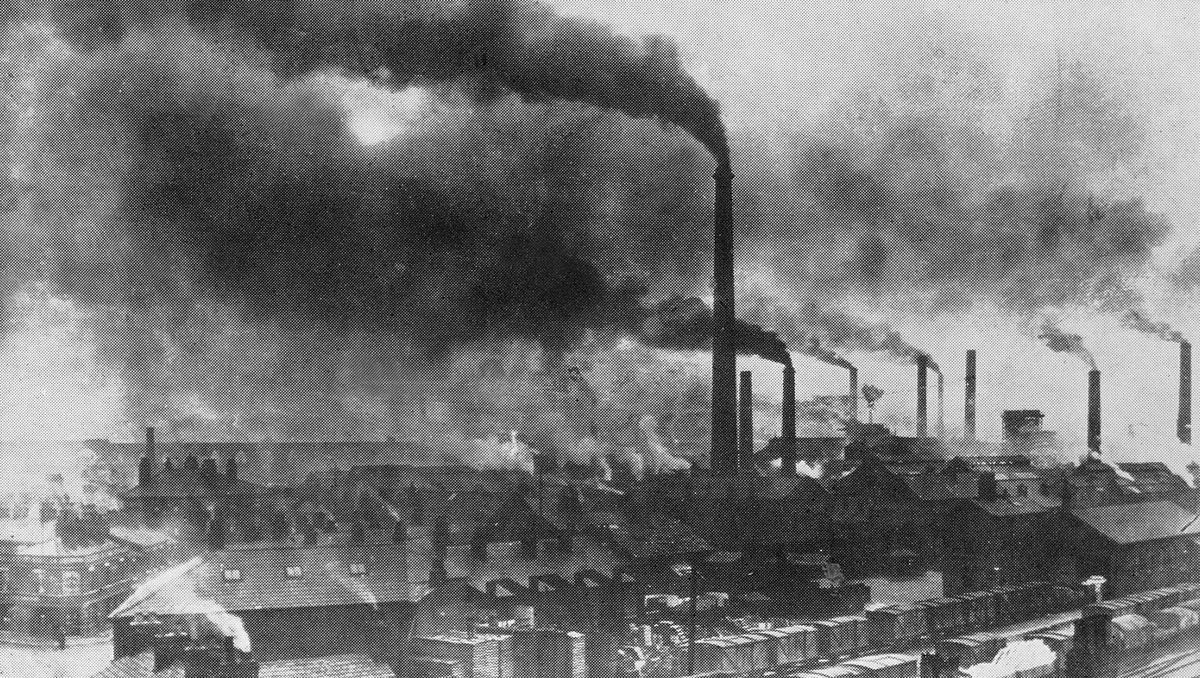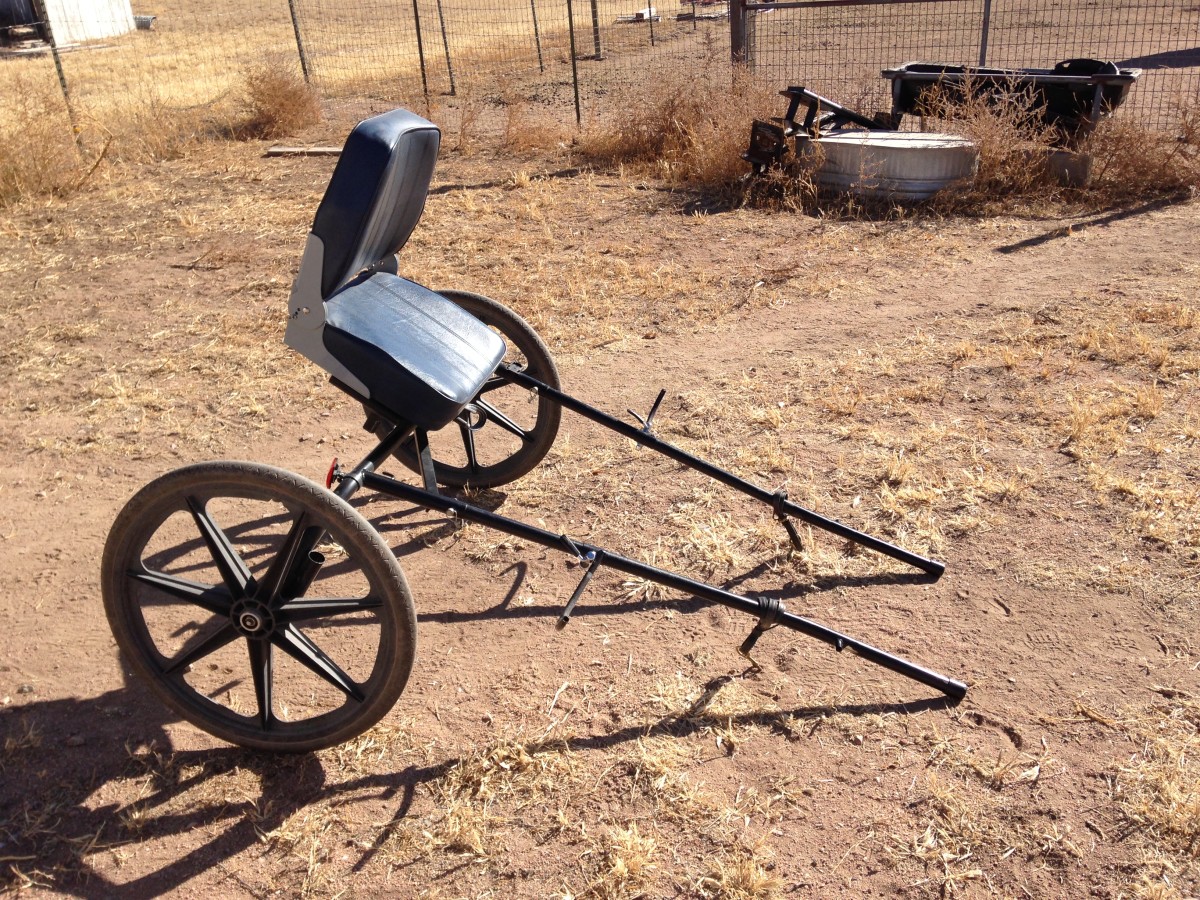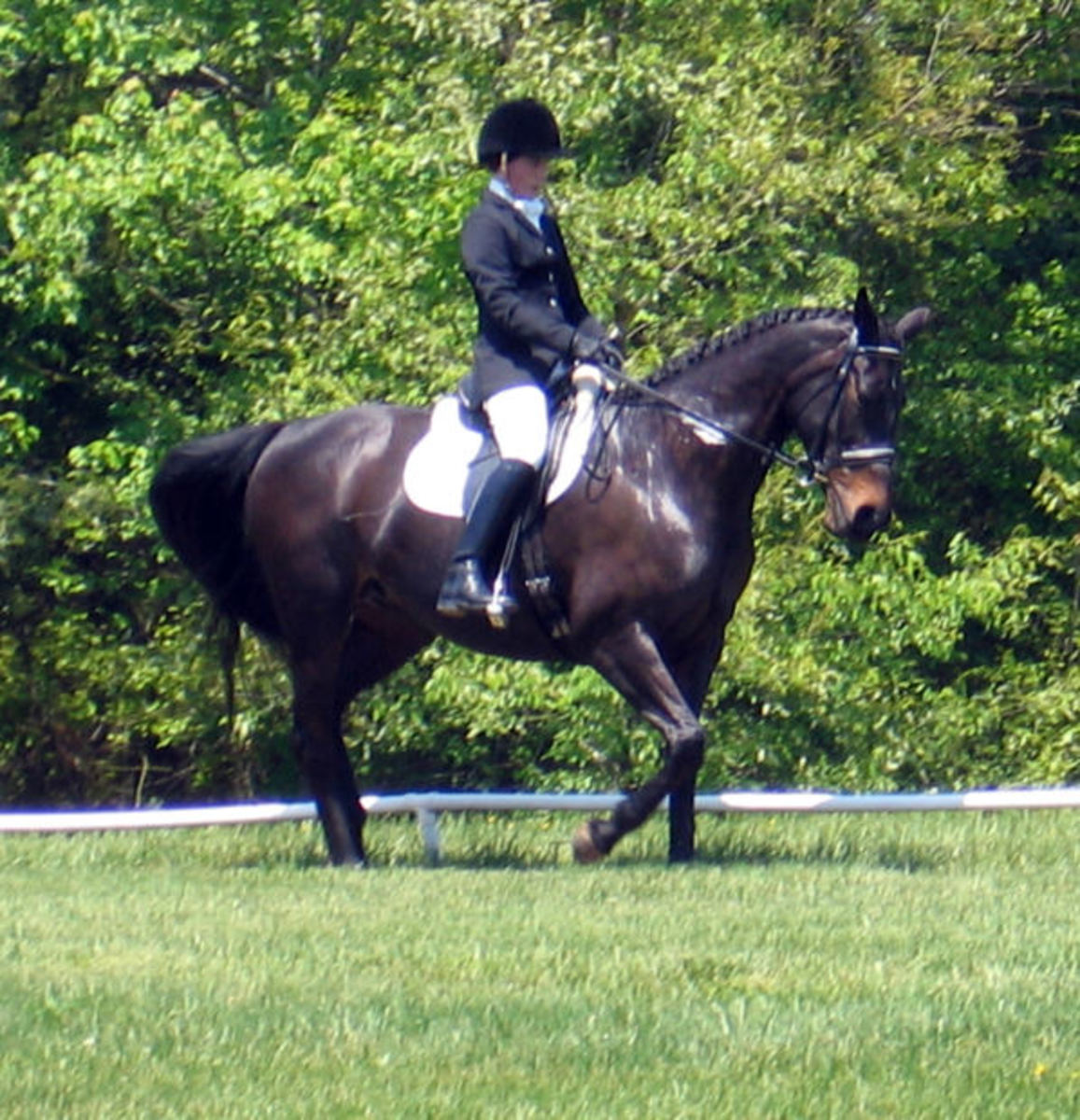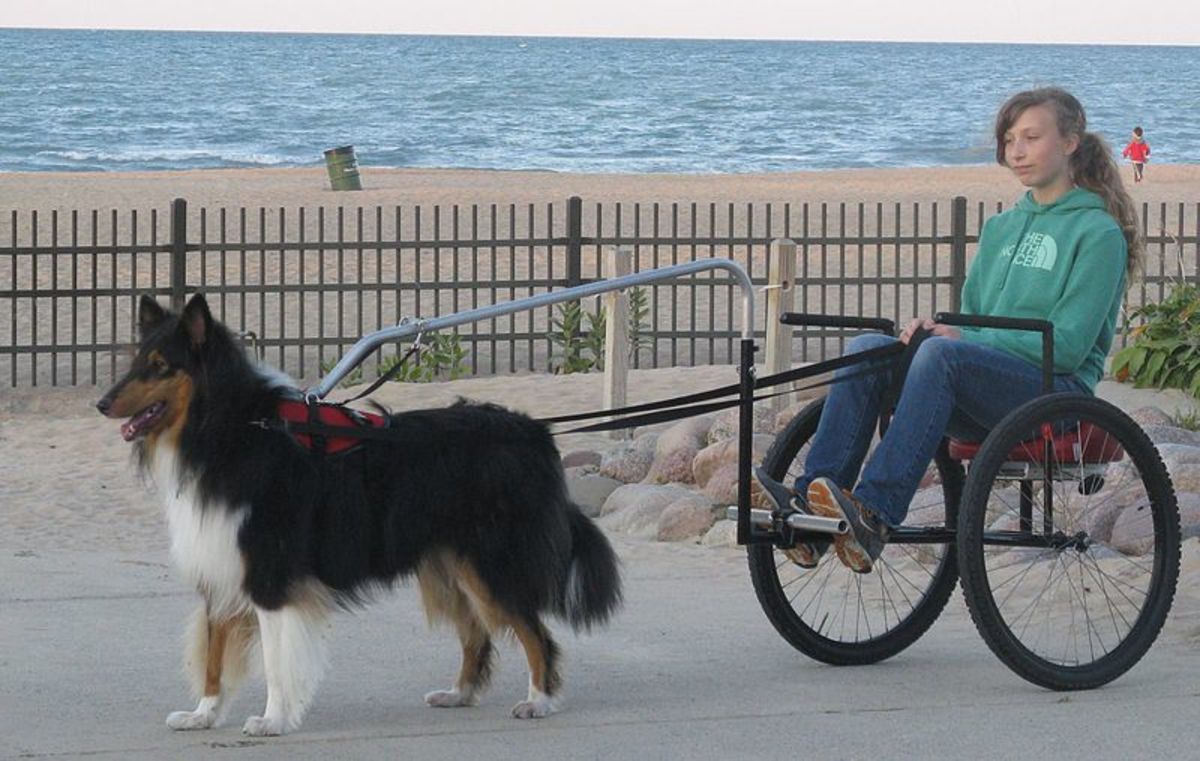Tips for How to Chose a Boarding Stable for your Horse: Do I need self-care or full care board?
Choosing a boarding stable is not always an easy task. Before you find a place to board, it is good to know your expectations in regards to the following:
Living Conditions: A number of options generally exist for your horse. Some horses are kept in stalls, others are kept in stalls at night (or during the day during the heat of the summer) and turned out around 8 hours a day, and others live outside 24-7. Some pasture board places have only trees for shelter, while others have 3-sided sheds called lean-to. Water source is also an issue, be sure the horse always has access to clean, fresh water. When examining the living conditions, be sure to evaluate the construction of the stalls, the type and integrity of the fencing, they type of bedding, the dust level, and whether or not bug control is utilized.
Level of Care: Barns generally define themselves as full care, partial care, or self-care. Each of these descriptors actually cover a broad degree options. Full care can range from horses being kept only in stalls with daily cleaning, to stall use, turn-out, blanketing, bandaging and fans in the summertime. If the horse is not turned out, full care stall board can still be plenty of work, as the horse will need regular exercise and attention. Partial care is often a good option for the cost-conscious. While again, there are many variations, I think the best option is if you feed in the evening and set feed out for the am. The barn staff will give horses the feed you set out, and refill water levels. In this arrangement, you generally are responsible for shavings, turnout (if available) and feed. Self-Care: is simply that. You do 100% of your horse’s care. I don’t always like this option, because it means you need to visit an offsite location at least twice a day; which can dramatically impinge on the lifestyles of most people.
Hay Quality and Type: Typical hay options include costal hay, grass hay, brome, and alfalfa. Each of these options have different nutrient profiles. Grass hay is generally coarser, which is designed to slow the horse down. This may be important if the horse is stalled. Alfalfa hay is high in protein and is often more palatable; this may be important if you have a finicky horse. Be sure that the hay is of good quality and is not wet or moldy.
Grain Quality and Type: Many barns feed the local co-operative grain mix. It is important to ensure that your feed is manufactured in an ionophore-free plant. While this is a requirement for premium feeds, co-ops may not follow this important guideline. Ionophores are often included in cattle feed, to enhance growth. These chemicals are deadly to horses, which is why many premium brands have opted to manufacture horse feed in ionophore free facilities. Premium brands must work hard to maintain their reputation; therefore extensive research and quality controls are used surrounding the feed. Horses have dramatically different nutrient requirements based on life stage and work load. In combination with health and current body score; all these factors should be taken into consideration when selecting a feed.
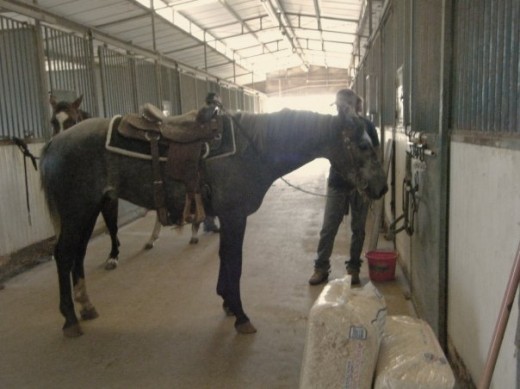
Cost: Often the primary driver of the decision, it is important to find out what they are covering. Costs can range anywhere from $100 for a pasture rental, to $800 for a gleaming show facility. Depending on the area of the country, partial care pasture board can range from $200-300. Full care stall board can range from $300-700, depending on the services and “fanciness” of the barn.
Riding facilities: Depending on your riding style, there are a variety of facilities available. Options may include outdoor and indoor arenas, round pens, riding trails, jumps, barrels, and obstacle courses. Other variables include footing, drainage, arena maintenance (which includes watering to limit dust, dragging to maintain footing etc).
Author: Melissa Kanzelberger
Equestrian Resources
- Working with a horse that bucks
Horses buck for a variety of reasons, but one thing is certain.. once a horse learns to buck it is challenging to end this problem. I have found that generally horses buck for a reason. Eliminate physical concerns and look at your riding. - Horseback Essentials Part 1: Leg Position
Developing a quiet, active leg is important for a safe, comfortable horseback riding. Stretching, exercizing and the proper selection of footwear can all impact success. - Basic Horse Care
If you are inexperienced in dealing with horses, finding the right horse for you can be either a wonderful or a very discouraging experience.First of all, you need to ask yourself why do I want a horse and... - Basic Horse Care Tips for the New Horse Owner
Buying a horse can be a dream come true, horses are magnificent creatures and owning one is a true privilege. Horses are herd animals by nature and as such they need companionship, as your horse’s owner,... - How-to Deal with Colic in Horses
Colic in horses can be a dangerous, even life threatening illness. The symptoms of colic in horses can range from listlessness to rolling in pain. Knowing how your horse acts, being around him and observing his behavior when he is well, will help ale
